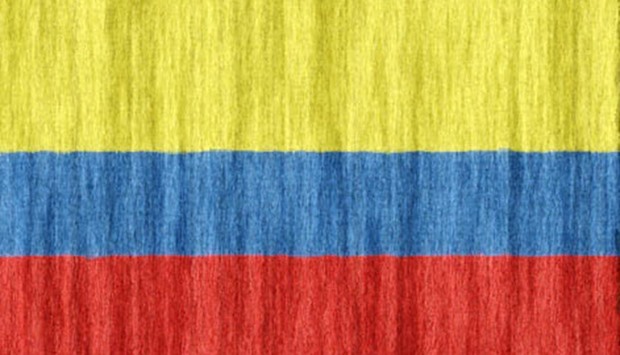President Ivan Duque’s government had asked the court to lift the ban, arguing that glyphosate — suspected of being carcinogenic — is a necessary tool in the fight against cocaine trafficking.
The government says glyphosate is the most efficient way to eradicate coca — the plant cocaine is made from — and that it saves lives, because it can replace manual uprooting done by soldiers who would risk stepping on mines planted by drug traffickers.
But the court maintained the strict conditions it had set earlier, including having to provide scientific proof that glyphosate is safe and having to consult communities in areas where fumigation would take place.
However, the court said, the government did not need to prove the total absence of any possible harm, because that was practically impossible. The government has not provided proof of having met the conditions so far.
It will be up to the National Drug Council to determine whether it does so, the court said.
Justice Minister Margarita Cabello said the government would seek permission from the council “to use aerial spraying as one more tool in the fight against illegal crops.”
Decades of efforts and billions of dollars in US aid have failed to curb the drug trade in the world’s top cocaine-producing country, where the area under coca cultivation increased to a record 171,000 hectares in 2017, according to UN data.
The cocaine that can be manufactured in that area is worth $2.7bn on the local market.
Colombia’s 2016 peace deal with the guerrilla movement Farc, which was heavily involved in the cocaine trade, established a strategy against drug trafficking that was mainly based on voluntary crop substitution by coca farmers who would receive financial aid.
But the aid has not reached many farmers, and Colombia has come under growing pressure from the US, with President Donald Trump threatening to decertify the country as a partner in the war on drugs.
The previous government suspended spraying with glyphosate in 2015 after the constitutional court said it could carry health risks.
Officials in the south-western department of Narino, which produces the most coca among Colombia’s 32 departments, said glyphosate is not an effective means of dissuading farmers from growing the lucrative plant.
About 3.8mn litres of glyphosate was sprayed in Narino between 2005 and 2014, but the surface under coca cultivation increased by 4,000 hectares during that time, Narino governor Camilo Romero said in an interview.
“Families that live off illegal crops, after their land is sprayed, move to another territory in order to sow (coca) again,” Romero said. The governor also disputed claims by the government that glyphosate is cheap.
Eradication with glyphosate costs 72mn pesos ($23,000) per hectare, twice as much as subsidising voluntary crop substitution, he said.
Given the disadvantages of the weedkiller, “my question is... what are the logic and the business interests behind...the insistence on using glyphosate in Colombia,” Romero said.
Farmers near the port city of Tumaco said previous glyphosate sprayings had killed their food crops while coca plants survived. “Bees died, parakeets died. Coca was the only one of our crops that resisted (the glyphosate),” farmer Javier Ortega said.

